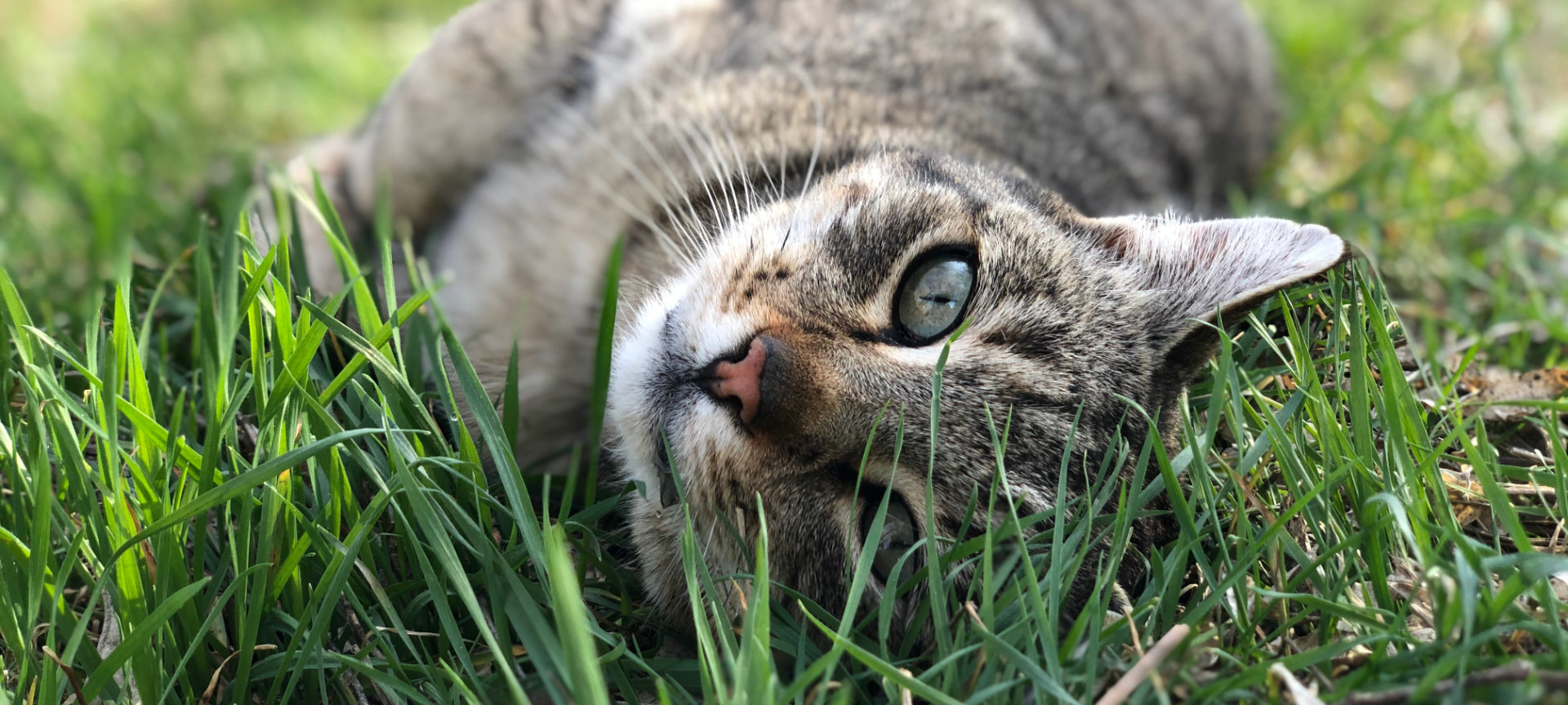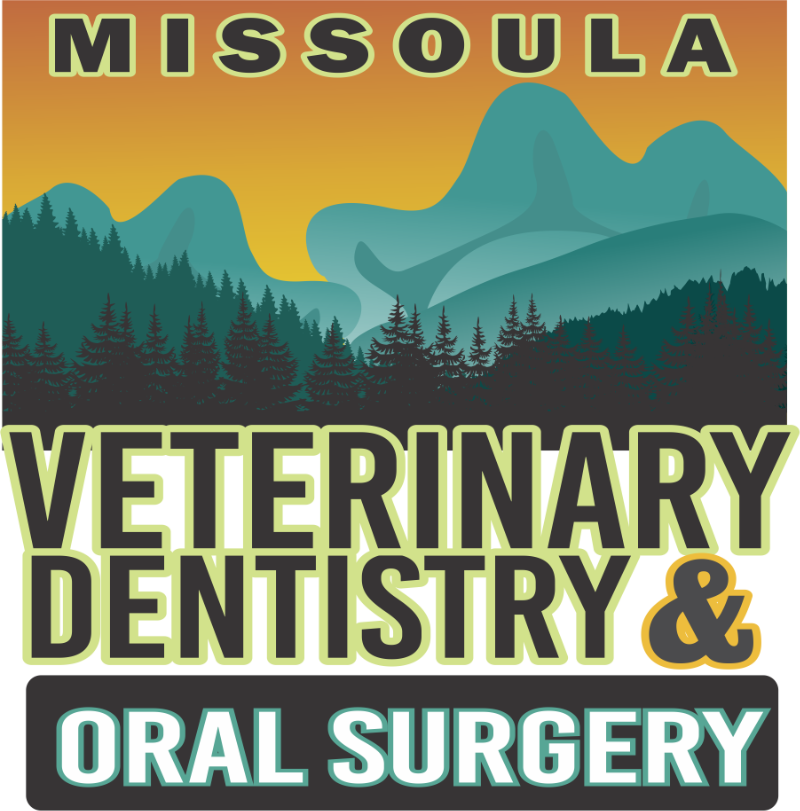
Feline Oral Health
When it comes to our feline companions, oral health often takes a backseat in our minds. But did you know that proper dental care plays a crucial role in our cats’ overall well-being? From healthy teeth to fresh breath, comprehensive oral care is essential for our feline family members to live pain-free and infection-free.
Periodontal Disease
Periodontal disease is one of the most common pathologies affecting cats. From gingivitis caused by plaque and tartar buildup to advanced periodontitis, inflammation at the gumline can wreak havoc on our cats’ oral and systemic health. Skipping dental care can lead to pain, tooth loss, and systemic health issues. It’s crucial to understand the signs of dental disease in cats, such as bad breath, changes in eating habits, drooling, and inflamed gums. By recognizing these signs early on, we can take proactive steps to prevent and treat dental disease, ensuring our pets lead lives free of pain and infection.
Tooth Resorption
Feline tooth resorption, also known as feline odontoclastic resorptive lesions (FORLs), is a common dental condition that affects cats of all ages. This silent condition causes the gradual destruction of tooth structure, leading to pain and discomfort for our felines. Unfortunately, tooth resorption is often challenging to detect as it often starts below the gumline. Regular dental care procedures and dental radiographs are crucial in identifying and treating these lesions promptly. Extraction of the affected tooth is typically the most effective treatment to alleviate pain and prevent further damage.
Oral Tumors
Oral tumors can pose a significant threat to our feline friends’ health and quality of life. These abnormal growths can manifest as lumps, swellings or ulcers in the mouth. While some oral tumors may be benign, others can be malignant and potentially life-threatening. Early detection is vital for a positive prognosis, making regular oral examinations by a veterinarian crucial. Our cone-beam CT imaging is a state-of-the-art tool our board certified veterinary dentistry™team uses to customize surgical planning for the diagnosis and treatment of oral masses in cats. Treatment options for oral tumors often include surgical removal, radiation therapy or a combination of approaches. Timely intervention can help safeguard your pets’ health and happiness in the face of an oral mass.
Gingivostomatitis
Gingivostomatitis is a severe and painful inflammatory condition that affects a cat’s gums and oral tissues. It often manifests as redness, swelling, and ulceration of the cheek lining, palate, gums and tongue, causing significant discomfort and difficulty eating. The exact cause of gingivostomatitis is not fully understood, but it is believed to involve an abnormal immune response to oral bacteria. Treatment options aim to reduce plaque retention in the mouth as effectively and quickly as possible, and the first line of treatment should be surgery to remove teeth for the best outcome. Medical interventions, such as anti-inflammatory or immunosuppressive therapies, may be needed for severe and refractory cases that did not respond to surgery but may prolong recovery if given as a first line treatment. Early diagnosis and comprehensive management are essential in providing relief, remission and improving the quality of life for cats affected by gingivostomatitis.

So when should your cat get their first dental care procedure? Typically by 3 years of age, many cats will experience signs of periodontal disease, so 2-3 years of age is a good time to get dental radiographs and a comprehensive oral health evaluation. Your cat will thank you!


